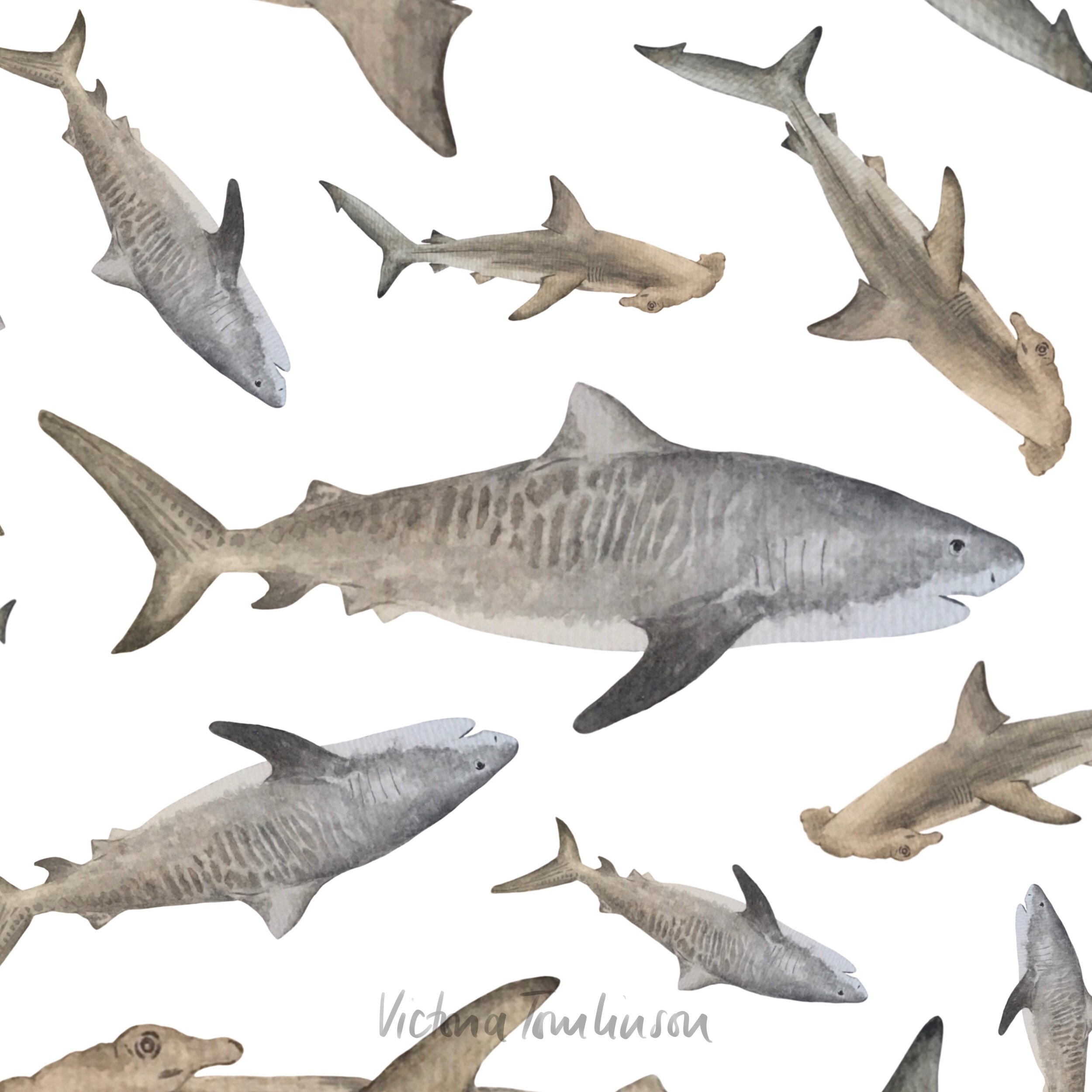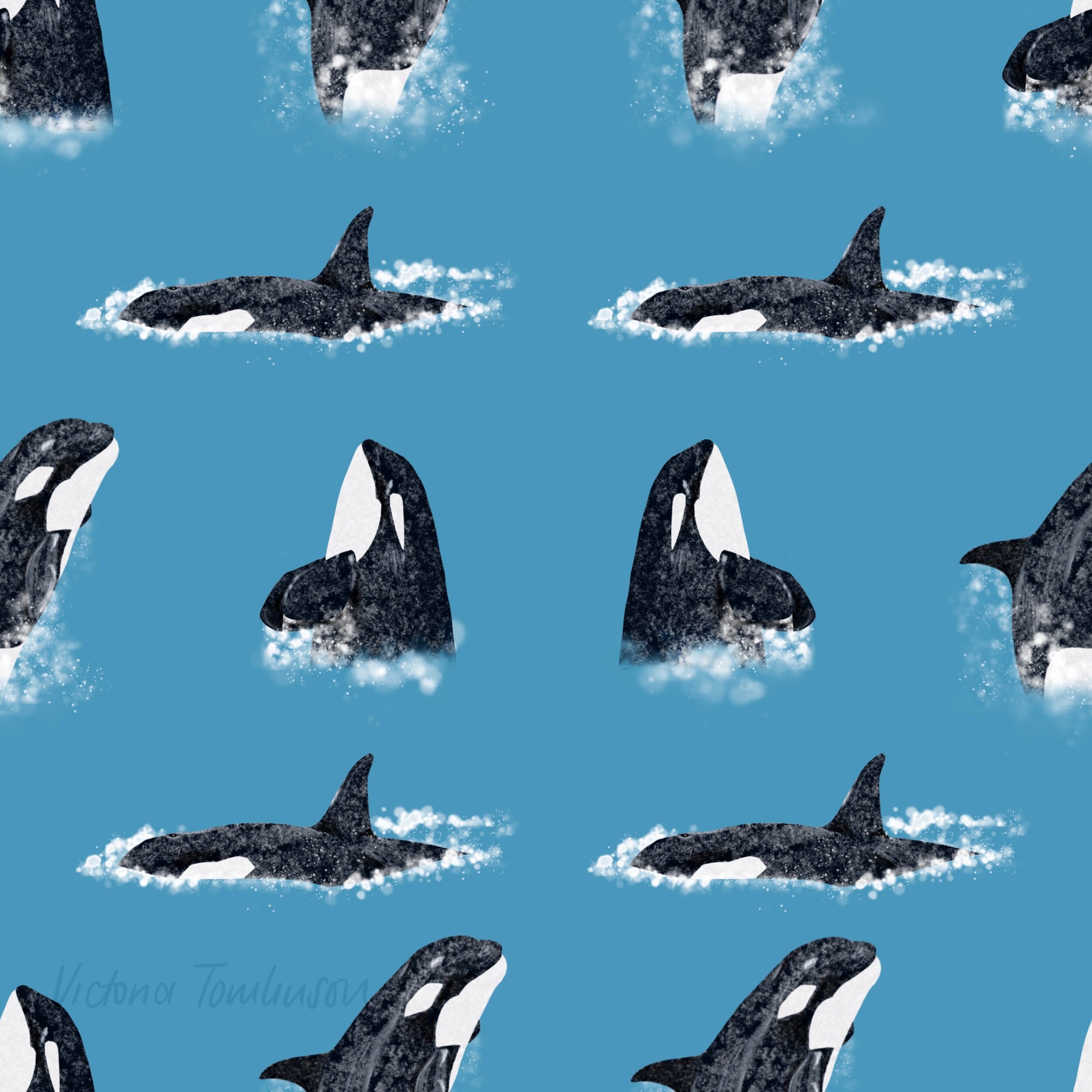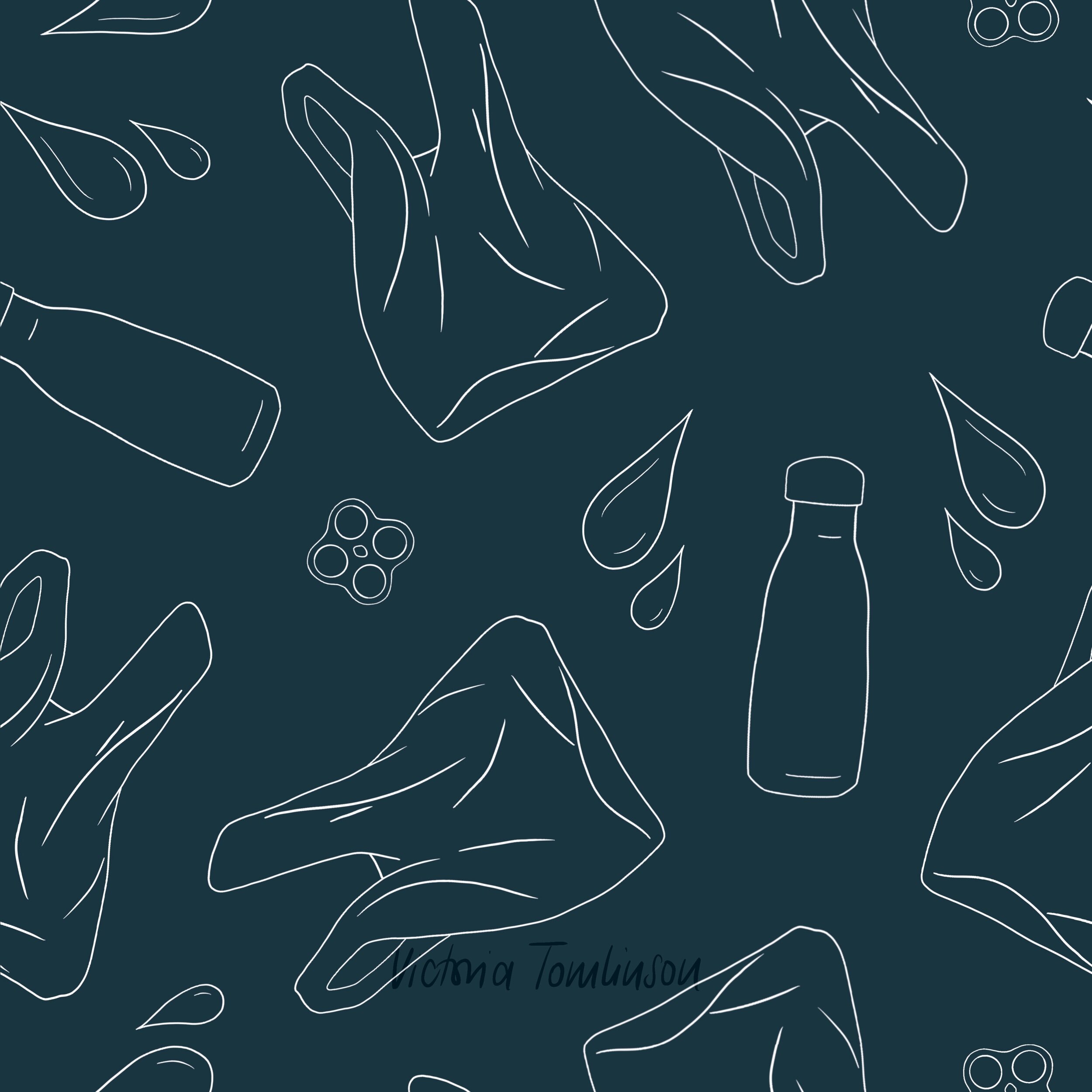Seaspiracy
I’ve debated with myself for a long time whether or not to write this blog post, but here goes! I’ll sprinkle through a few of my marine illustrations to lighten the mood. 😊
First up, if you haven’t seen the Seaspiracy documentary on Netflix, I implore you to watch it. Please.
Seaspiracy is a documentary about the human impact on the oceans and it’s inhabitants, including discarded fishing nets, overfishing, bycatch, the destruction of marine environments, the killing of dolphins, pilot whales and sharks, and human slavery within the commercial fishing industry.
There are a lot of shocking, graphic images which make for difficult viewing but stick with it, there are a lot of important messages throughout the documentary.
It struck a chord with me from the beginning, as the director had many of the same experiences as me as a child. We both loved visiting Seaworld to watch the dolphin shows and both ate fish. Neither of us realised at the time, the reality behind these, of animals being kept in captivity and of commercial fishing. I’m sure many viewers feel the same.
The documentary claims that the majority of the plastic in the ocean comprises of discarded fishing nets and criticises ocean charities and organisations of not informing the public correctly about the realities of commercial fishing, including dolphin bycatch and plastic pollution.
The director also questions why these organisations won’t tell people to stop eating fish. The meme featuring Ellen DeGeneres laughing springs to mind… ‘So you’ll stop using straws the ‘save the fish’, but you won’t stop eating fish to ‘save the fish’’.
If you Google Seaspiracy, you will find a lot of critics calling out the documentary for misinforming viewers by using outdated facts and quoting interviewees out of content.
I’m not here to say who is right or wrong. It is up to you whether you believe all, some, or none of the facts stated in Seaspiracy. Watch it, do a little research, and come to your own informed conclusions. However, I do hope after watching it, that you will still continue to try to eliminate the use of single-use plastics and consider your fish consumption.
Also, take the time to appreciate the wonderful illustrations and animations included in the documentary from other marine artists and ocean advocates. 💙
If you like the illustrations included in this post, view my full Ocean Collection here:




